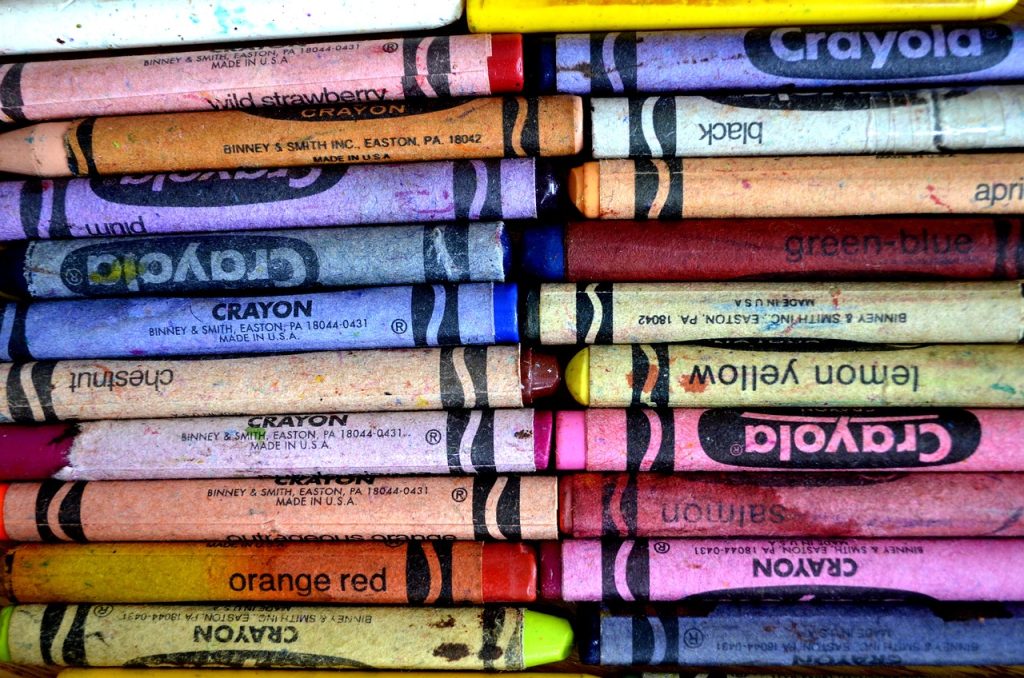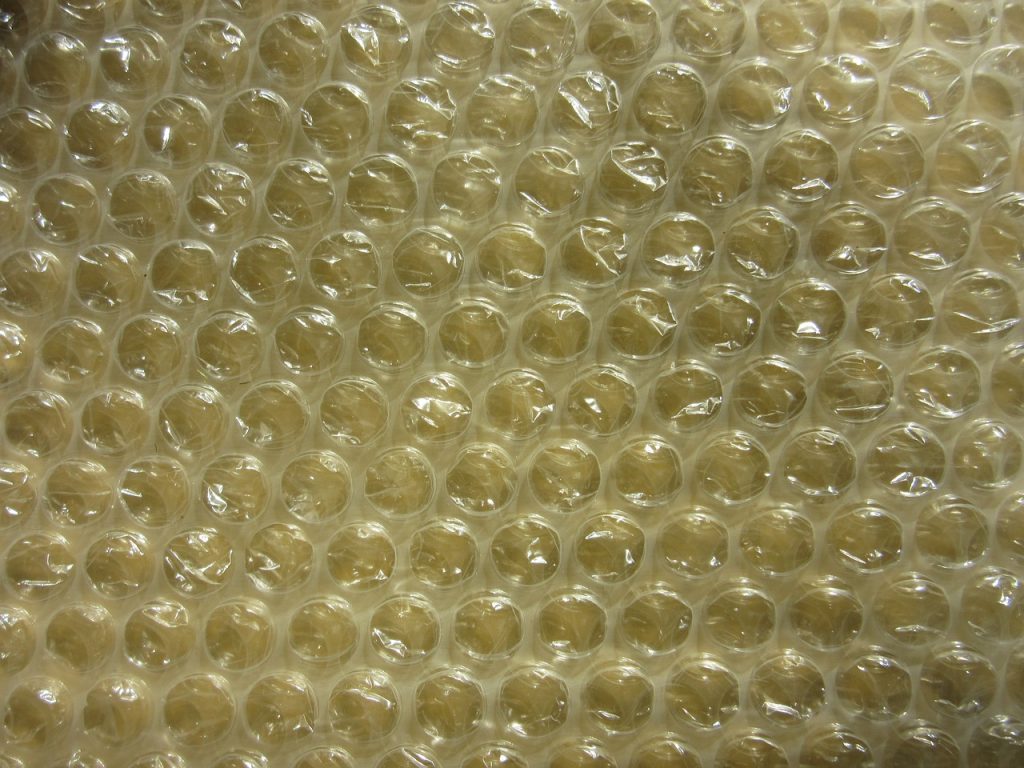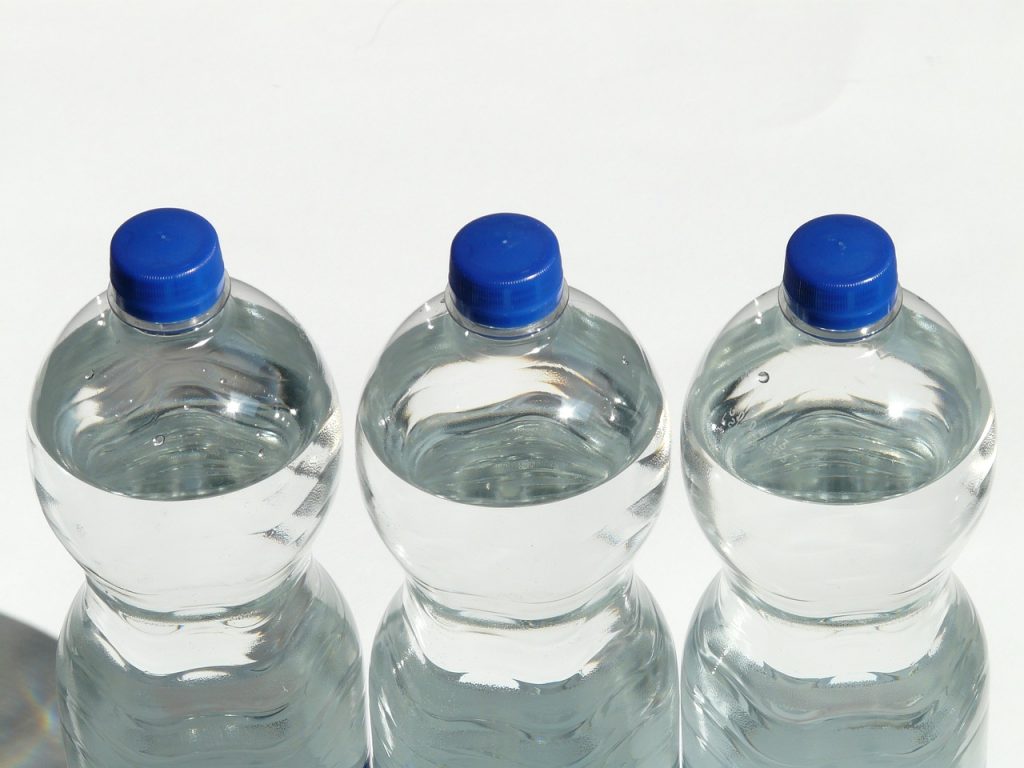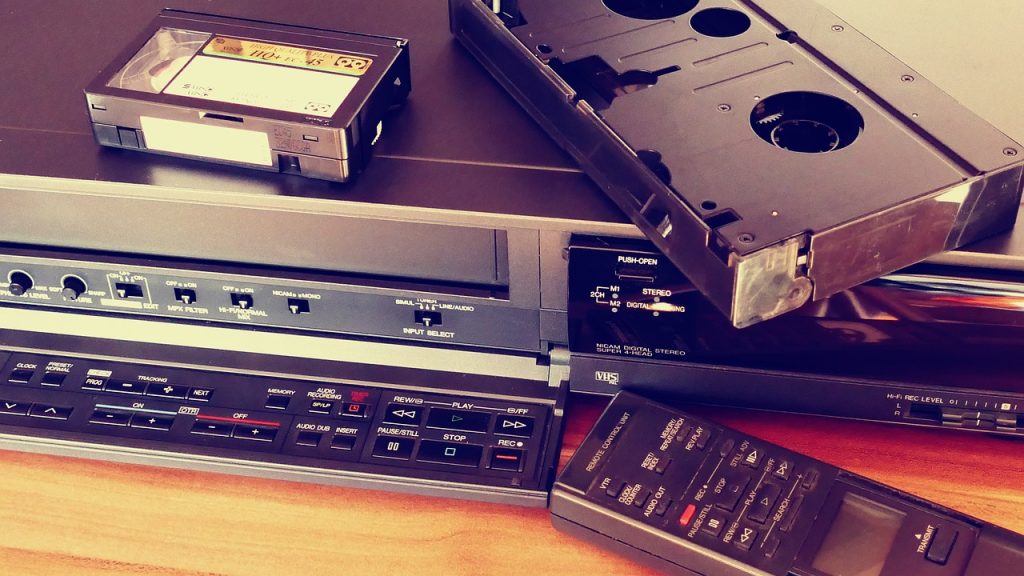- Understand the importance of crayon recycling.
- Collect used crayons from various sources.
- Peel off all paper wrappings from the crayons.
- Group crayons by color.
- Melt down the crayons ensuring proper ventilation.
- Pour the liquefied crayon wax into molds.
- Allow the crayons to cool and solidify.
- Reuse the newly formed crayons or create crayon-based art projects.
- Spread awareness about crayon recycling in the community.
Understanding the Importance of Crayon Recycling in National Recycle Programs
Understanding the importance of crayon recycling shouldn’t be underestimated in national recycle programs. If you’re questioning why you might think, “They’re just crayons, how could they possibly make a difference?” You’d be surprised! It’s not just about recycling bottles, paper and cans; the scope has broadened and it’s now time for crayon recycling to step into the limelight. How to recycle crayons? It’s easier than it seems and could make an enormous difference to our environment.
Both big and small, national crayon recycling programs play a crucial role in moving the ‘green matters’ agenda forward. The truth is, a recycled crayon could have a more significant environmental impact than you’d think. Every bit of recycling action contributes to environmental preservation, and it’s within our reach to drive this climate action forward for earth. Believe it or not, by simply implementing crayon recycle initiatives, we’re making strides toward achieving our climate action goals. It’s as simple as that!
Think about it: each year, millions of crayons are produced worldwide. In fact, in America alone, over 12 million crayons are made every day. Unfortunately, a large number of these crayons end up in the trash, which impacts our environment negatively. If we actively participate in recycling programs for these crayons, we can minimize their harmful impact and work toward a better future for our planet.
So, this Earth Day, why not make a commitment? Start to get involved in crayon recycle programs. You’ll not only help to lessen our impact on the climate, but you’ll also be leading by example, demonstrating that small, everyday actions can help move our planet forward. Just imagine the kind of world we could live in if everyone recycled their crayons. A world where color doesn’t just brighten our days, but also helps to protect our environment. That’s the power of crayons. And that’s the power of crayon recycling.
How the Crayon Recycle Concept Developed
We all remember the joy of opening a fresh box of crayons as a child. The bright colors, the promise of hours spent creating art, the sense of opening a window into a world of unlimited potential. But as we grow older, it’s important to reflect on the lifecycle of those crayons we loved so much and learn how to give them a second life through crayon recycling. While it may have never crossed your mind, crayon recycling plays an essential role in our national recycle programs and contributes to preserving our green earth.
The concept of crayon recycling came about due to the realization that crayons, which are typically made from petroleum-based wax, were clogging up our landfills. Children outgrown or tired of their crayons tend to ditch them, and a staggering amount of these were ending up as trash. Thus, innovative thinkers opened the way to recycle crayons. This idea quickly transformed into a green initiative that not only benefits the environment but also gives back to community programs and provides unique opportunities for children to learn about sustainability.
Recycling crayons at-home has also become a popular craft project, allowing children to make new crayons out of old ones. All you need for this is a muffin tin, an oven, and some used crayons. This art activity for kids opens up a dialogue about the importance of recycling and can be a fun, educational addition to home school programs. Plus, think about the smiles it puts on children’s faces when they’re given the chance to create something new out of something old and are told their masterpiece is helping the planet too!
But as the article continues, you’ll discover more ways on how to recycle crayons on a larger scale, emphasizing its impact on promoting a greener and healthier earth.
Navigating the Crayon Recycle Programs
Recycling is vital – and it’s more than just tossing cans and bottle in a collection bin, it also includes crayons. Yes, crayons too can be recycled, making a big impact on our green matters. In most local sites, one is likely to find a crayon recycling program that is part of a larger, national recycling initiative. But navigating this program might seem confusing. Let’s make it a little simpler.
The crayon recycling program philosophy is deeply entrenched in the belief that every small action environmental matter contributes to the overall health of the foreseen green earth. In fact, the concept of crayon recycling developed out of a need to reduce waste and find a practical use for crayons which would otherwise simply contribute to landfills. It’s a program that is about more than just recycling – it’s about reusing and repurposing.
The logistics of these programs are usually quite straightforward. Crayons are collected in large recycling bins at participating local sites. These collections are then handed over to those in charge of the recycling process. The used and unwanted crayon bits are melted down, filtered, and then reformed into new crayons that are fit for use again. It’s a genius way to manage waste, while giving new life to old materials.
Navigating your local crayon recycling program is therefore about committing to green matters, understanding the big impact of your small actions, and ensuring that your lightly used art supplies can continue to inspire and create. It’s a recycling action that’s environmentally beneficial, creatively fulfilling, and fundamentally simple. So, the next time you’re about to throw away that worn-out crayon – think again. Opt for recycling. It’s a small step, but the impact is grand.
Mastering the Art of Crayon Recycle: Expert Tips from National Recycle Program
Mastering the art of crayon recycling is no small feat. However, with expert guidance from the national recycle program, breathing new life into your old, broken crayons is possible. It’s not just about reducing waste or making eco-friendly choices, the real beauty of crayon recycling lies in the opportunity it offers to spark creativity. While crayons may seem like a simple coloring tool for kids, they are much more. Each discarded crayon piece holds the potential to generate endless art projects at home or school.
Not sure how to dive into crayon recycling? Don’t fret, follow these expert tips from the national recycle program. First, gather your all used crayons. Don’t worry, even those tiny stubs too small for coloring have a role to play. Peel off all the paper wrappings, and group the crayons by color. Next, it’s time to melt down your crayons. Proper ventilation is key to ensure safety at home during this process. Once melted, pour the liquefied crayon wax into molds to make new crayons.
Why stop at just making new crayons? Get the kids involved and let creativity fly. With the help of the national recycle program’s methods, you can make crayon-based art projects together. Create beautiful crayon candles or vibrant window decorations. The possibilities are limitless.
Crayon recycling isn’t just a valuable life skill, it’s an inventive way to foster a love for art and sustainable living. Moreover, it enables kids to understand the essential principle of recycling from early childhood. Understanding and practicing crayon recycling at home or school will help instill green values in kids.
Embrace the art of crayon recycling, transform your home with creative art projects and contribute to a greener lifestyle by following a dependable recycle program. Make every crayon count!




